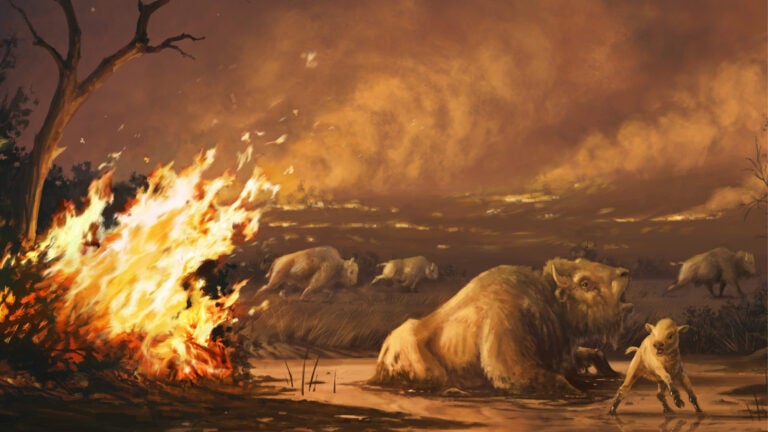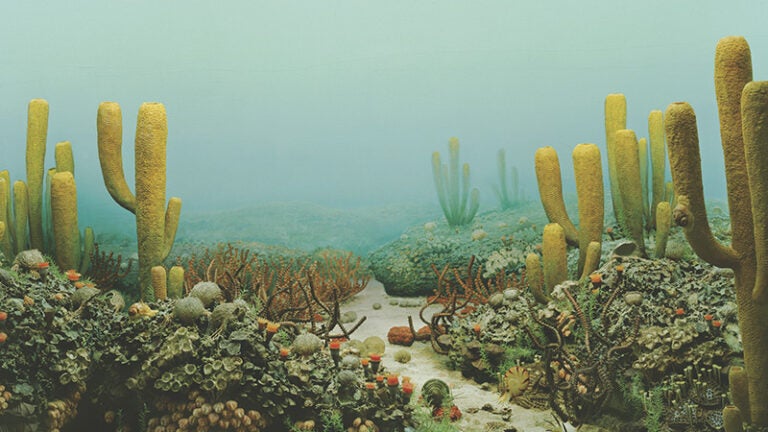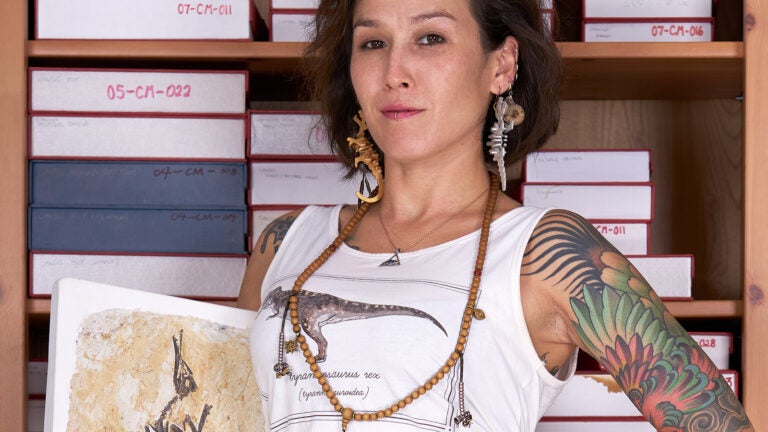USC Dornsife study finds that food insecurity held steady at 24% in 2025, with improvements for low-income households and rising strain among others.
USC Dornsife News
Study sheds new light on the catastrophic changes resulting from a burst of greenhouse gases and rising temperatures that wiped out most life and led to the rise of Jurassic dinosaurs.
New findings from the La Brea Tar Pits in southern California suggest human-caused wildfires in the region, along with a warming climate, led to the loss of most of the area’s large mammals.
USC Dornsife paleobiologist David Bottjer and PhD student Alison Cribb, along with an international team of researchers, find ancient clues on the seafloor that show how life bounced back after 90% of species died off.
USC Dornsife paleontology PhD student Hank Woolley is digging into our warmer past to help us understand how we might survive climate change. [5 min read]
Meet the life sciences, physical sciences and mathematics faculty joining USC Dornsife this fall. [3½ min read]
Real-world creatures such as dinosaurs and apes provide clues to who might win in the epic battle between two iconic, fantastical monsters. [6½ min read]
When Kiersten Formoso isn’t studying how animals evolve, she’s talking evolution on Twitch and covering football with a paleontology twist. [6 min read]
Chemist and Divisional Dean Stephen Bradforth and Luis Chiappe of Earth sciences and biological sciences are elected to the American Association for the Advancement of Science. [2½ min read]
After earning her Ph.D. in Earth sciences from USC Dornsife in 2009, the pierced and tattooed Jingmai O’Connor has carved out a stellar career as a paleontologist in China, where she found not only access to thousands of exceptional fossils that can’t be seen anywhere else in the world — but also the freedom to be herself. [8 ¼ min read]
- 1
- 2









